At the regular press conference held on Friday, officials of the Ministry of Ecology and Environment (MEE) stated that China will prioritize addressing climate change in national governance, strengthen actions to address climate change, and promote comprehensive green transformation of economic and social development.
First, China will strengthen the goals of addressing climate change. Second, it will continuously reduce carbon emission intensity, achieve a renewable energy installed capacity of over 1.2 billion kilowatts, and increase forest coverage to 24.02 percent, Xia Yingxian, director of the Department of Climate Change said during the press conference.
In addition, the green and low-carbon development of key areas in China has achieved remarkable results, and has actively promoted the adjustment and optimization of industrial structure, Xia said. Non-fossil energy has developed rapidly, the clean utilization level of fossil energy has been continuously improved, and the carbon sink capacity of the ecosystem has been continuously consolidated and improved.
What’s more, the market mechanism has been continuously improved, the first implementation cycle of the national carbon emission trading market has been successfully completed, and the second implementation cycle has been fully launched
According to MEE, in 2022, China’s carbon emission intensity continued to decrease, with the proportion of coal consumption in total energy consumption dropping to 56.2 percent. The share of clean energy in energy consumption reached 25.9 percent. The installed capacity of renewable energy power generation exceeded 1.2 billion kilowatts.
As of the first half of 2023, the installed capacity of renewable energy had reached 1.322 billion kilowatts, surpassing coal-fired power for the first time in history, accounting for approximately 48.8 percent of the total installed capacity.
Besides, in 2021, the forest coverage rate was 24.02 percent, with a forest stock volume of 19.493 billion cubic meters, making China the country with the largest and fastest-growing forest resources in the world.
As a responsible developing country, China has continuously implemented the Belt and Road South-South Cooperation Initiative on Climate Change and provided support and assistance to other developing countries to the best of its ability.
According to reports, as of September, China had signed 48 memorandums of understanding on South-South Cooperation on Climate Change with 40 developing countries, and had cooperated in the construction of four low-carbon demonstration zones. It had carried out 75 projects to mitigate and adapt to climate change, and had held 52 capacity-building training sessions, training more than 2,300 officials and technical personnel in the field of climate change for over 120 developing countries.
In addition, China actively responds to the United Nations Secretary-General’s initiatives on early warning for all, and in May of this year, the MEE signed a tripartite cooperation agreement with the World Meteorological Organization and the China Meteorological Administration to support the initiative on early warning for all, jointly providing support to other relevant developing countries to enhance their disaster warning capabilities.
Next, China will implement the “1+N” climate policy system for carbon peaking and carbon neutrality and accelerate the green and low-carbon transformation in key areas.
While reducing carbon emissions, China will ensure energy security, supply chain security, and food security, and safeguard the bottom line of building a beautiful China to ensure the normal lives of the people.










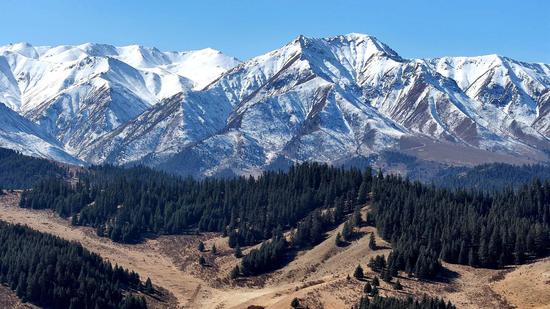



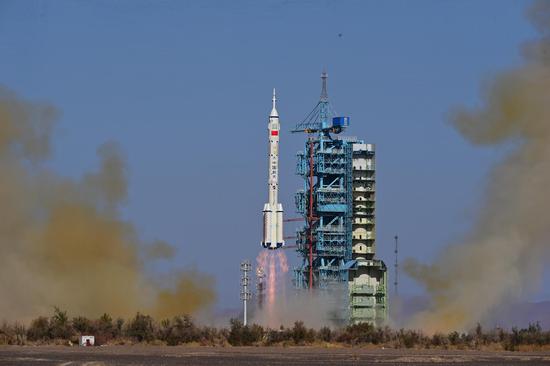
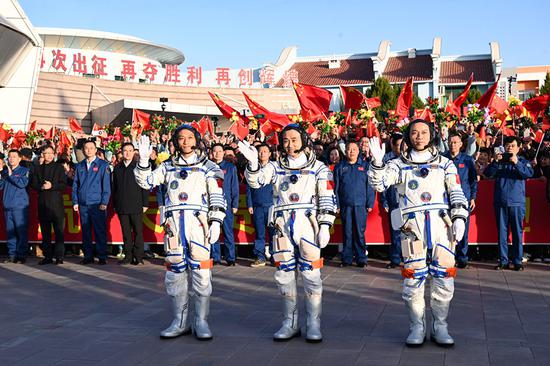
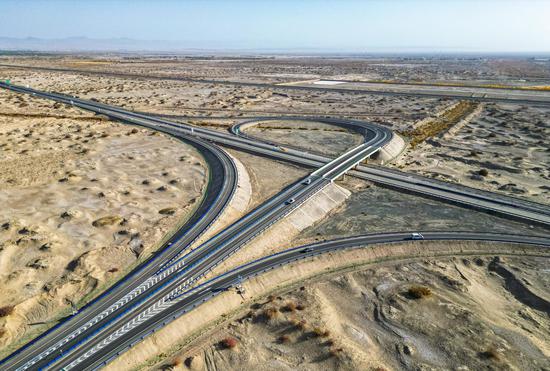




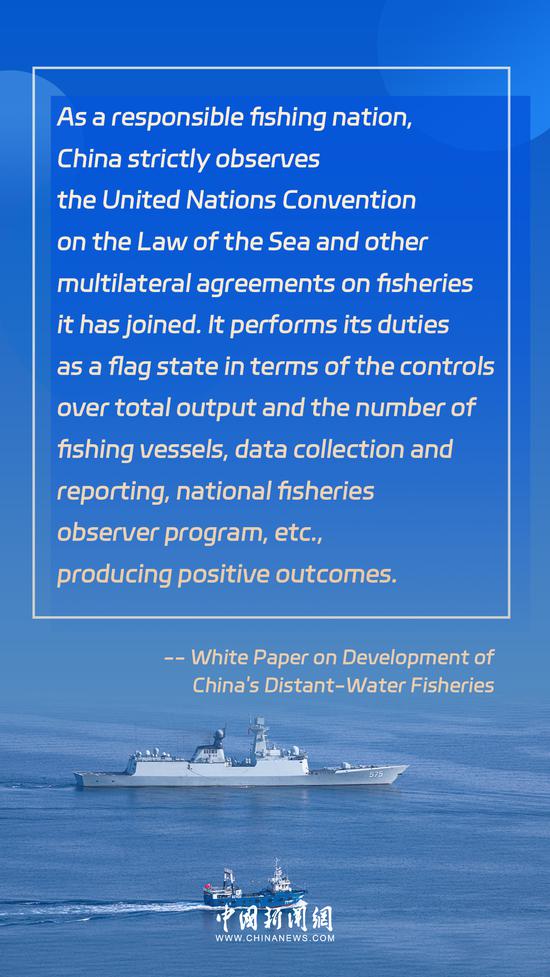





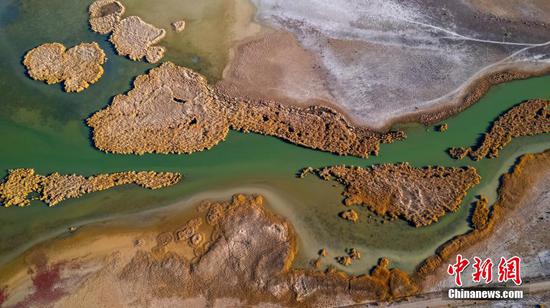
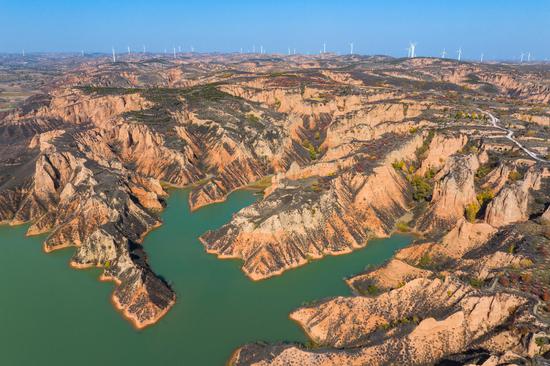

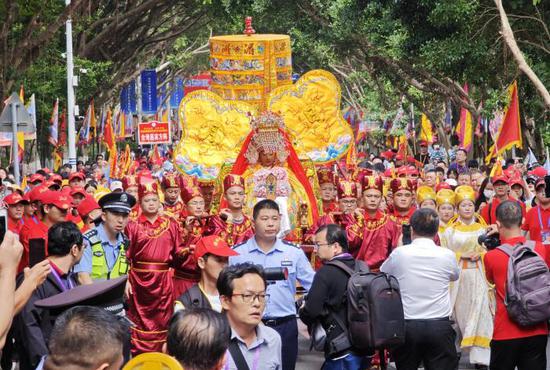
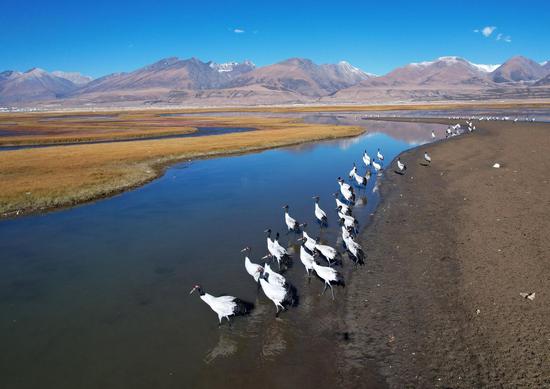


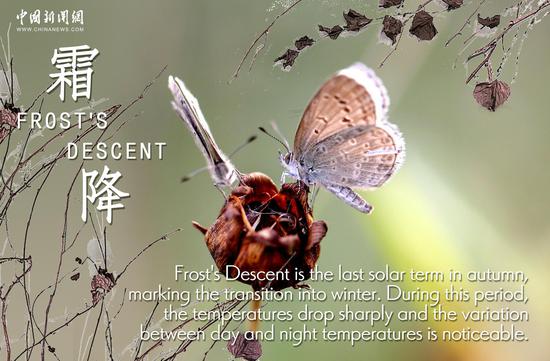











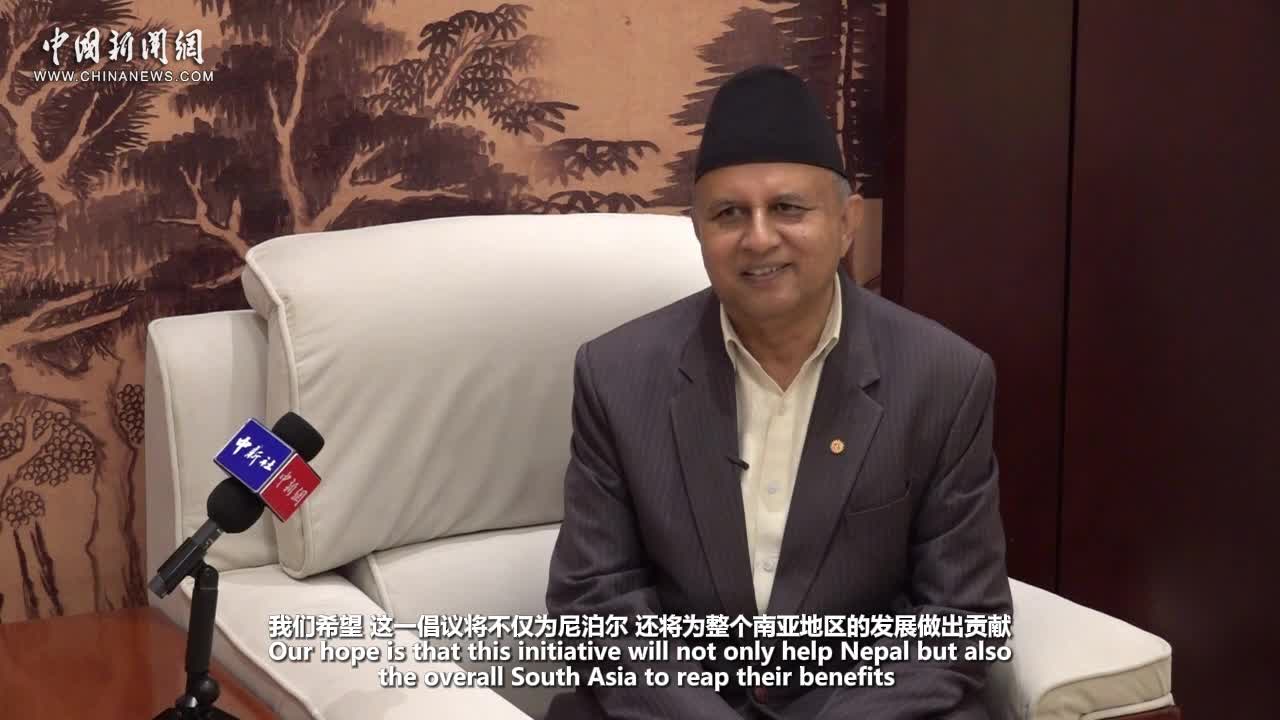

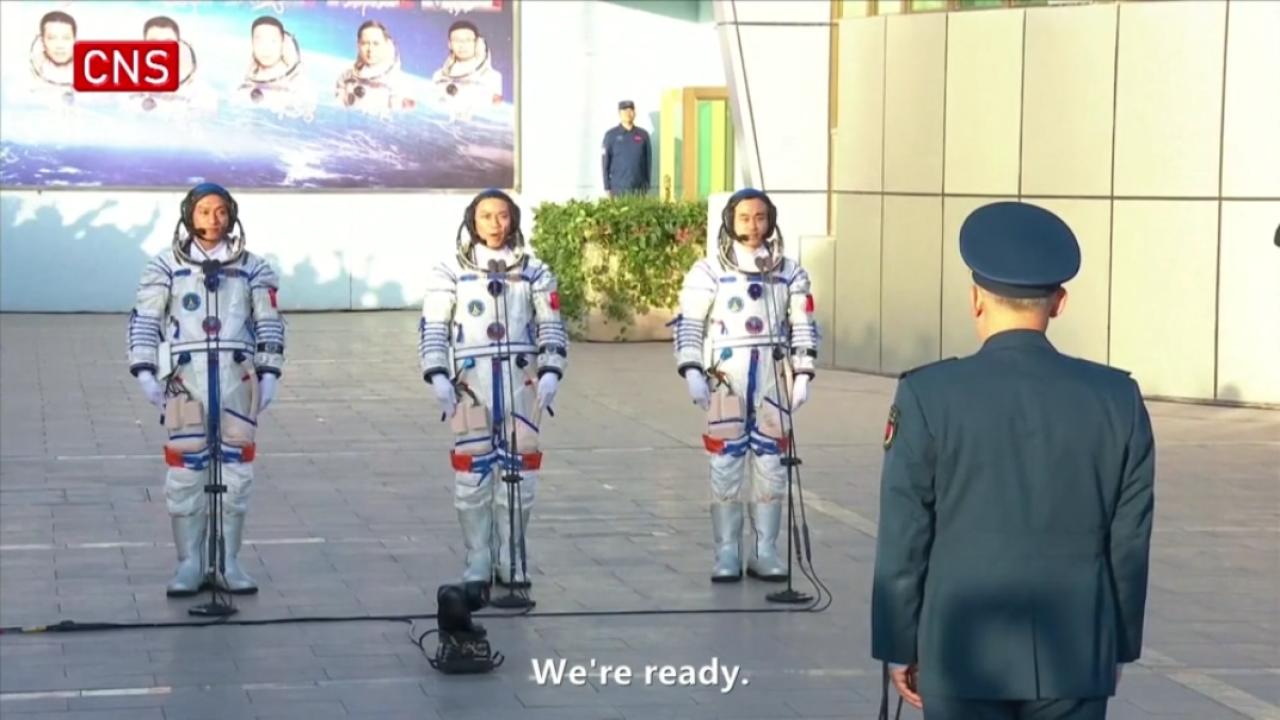

 京公网安备 11010202009201号
京公网安备 11010202009201号